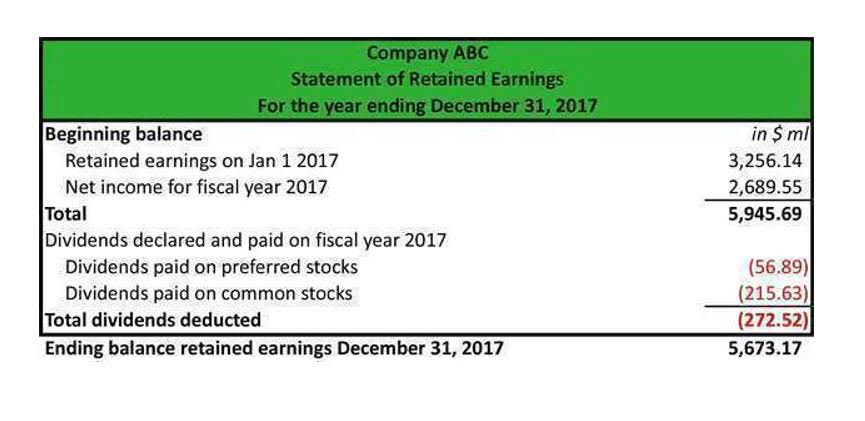Double Declining Balance Method of Depreciation

Yes, it is possible to switch from the Double Declining Balance Method to another depreciation method, but there are specific considerations to keep in mind. So, in the first year, the company would record a depreciation expense of $4,000. As a result, at the end of the first year, the book value of the machinery would be reduced to $6,000 ($10,000 – $4,000). The total expense over the life of the asset will be the same under both approaches. In year 5, however, the balance would shift and the accelerated approach would have only $55,520 of depreciation, while the non-accelerated approach would have a higher number.

How To Calculate Double Declining Balance Depreciation
We can incorporate this adjustment using the time factor, which is the number of months the asset is available in an accounting period divided by 12. In the accounting period in which an asset is acquired, the depreciation expense calculation needs to account for the fact that the asset has been available only for a part of the period (partial year). The following section explains the step-by-step process for calculating the depreciation expense in the first year, mid-years, and the asset’s final year. In this lesson, I explain what this method is, how you can calculate the rate of double-declining depreciation, and the easiest way to calculate the depreciation expense.
Double Declining Balance Method Formula
- A business might write off $3,000 of an asset valued at $5,000 in the first year rather than $1,000 a year for five years as with straight-line depreciation.
- However, if the company later goes on to sell that asset for more than its value on the company’s books, it must pay taxes on the difference as a capital gain.
- The depreciation expense recorded under the double declining method is calculated by multiplying the accelerated rate, 36.0% by the beginning PP&E balance in each period.
- For example, the depreciation expense for the second accounting year will be calculated by multiplying the depreciation rate (50%) by the carrying value of $1750 at the start of the year, times the time factor of 1.
- The amount of final year depreciation will equal the difference between the book value of the laptop at the start of the accounting period ($218.75) and the asset’s salvage value ($200).
- This approach ensures that depreciation expense is directly tied to an asset’s production or usage levels.
You’ll also need to take into account how each year’s depreciation affects your cash flow. First-year depreciation expense is calculated by multiplying the asset’s full cost by the annual rate of depreciation and time factor. The depreciation expense recorded under the double declining method is calculated by multiplying the accelerated rate, 36.0% by the beginning PP&E balance in each period. Even if the double declining method could be more appropriate for a company, i.e. its fixed assets drop off in value drastically over time, the straight-line depreciation method is far more prevalent in practice.
- Using the double declining balance method, the depreciation rate would be twice the straight-line rate, or 20%.
- XYZ Company has estimated the salvage value, also known as residual value, of the machine to be $5,000 at the end of its five-year useful life.
- The only difference between a straight-line depreciation and a double declining depreciation is the rate at which the depreciation happens.
- Thus, in the early years of their useful life, assets generate more revenues.
- This makes it ideal for assets that typically lose the most value during the first years of ownership.
- In the DDB method, the shorter the useful life, the more rapidly the asset depreciates.
Double declining balance vs. the straight line method
Instead, we simply keep deducting depreciation until we reach the salvage value. Start by computing the DDB rate, which remains constant throughout the useful life of the fixed asset. However, depreciation expense in the succeeding years declines because we multiply the DDB rate by the undepreciated basis, or book value, of the asset. DDB is best used for assets that lose value quickly and generate more revenue in their early years, such as vehicles, computers, and technology equipment. This method aligns depreciation expense with the asset’s higher productivity and faster obsolescence in the initial period.

Why Use the Double Declining Balance Method?
The double declining balance method is a method used to depreciate the value of an asset over time. It is a form of accelerated depreciation, which means that the asset depreciates at a faster rate than it would under a straight-line depreciation method. A double-declining balance depreciation double declining balance method method is an accelerated depreciation method that can be used to depreciate the asset’s value over the useful life. It is a bit more complex than the straight-line method of depreciation but is useful for deferring tax payments and maintaining low profitability in the early years.

Adam Hayes, Ph.D., CFA, is a financial writer with 15+ years Wall Street experience as a derivatives trader. Besides his extensive derivative trading expertise, Adam is an expert in economics and behavioral finance. Adam received https://www.bookstime.com/ his master’s in economics from The New School for Social Research and his Ph.D. from the University of Wisconsin-Madison in sociology. He is a CFA charterholder as well as holding FINRA Series 7, 55 & 63 licenses.

Depreciation: What It Is & How It Works [+ Examples]
- And the book value at the end of the second year would be $3,600 ($6,000 – $2,400).
- Now that we have a beginning value and DDB rate, we can fill up the 2022 depreciation expense column.
- The double declining balance method of depreciation is just one way of doing that.
- This not only provides a more realistic representation of an asset’s condition but also yields tax benefits and helps companies manage risks effectively.
- Depreciation is a crucial concept in business accounting, representing the gradual loss of value in an asset over time.
- A double-declining balance depreciation method is an accelerated depreciation method that can be used to depreciate the asset’s value over the useful life.
- By following these steps, you can accurately calculate the depreciation expense for each year of the asset’s useful life under the double declining balance method.
